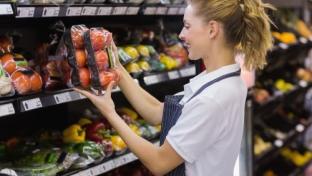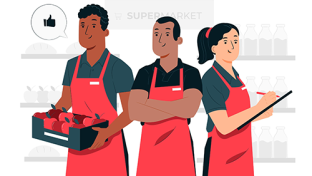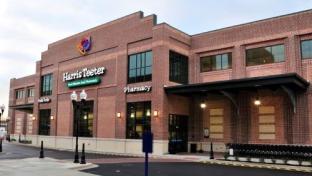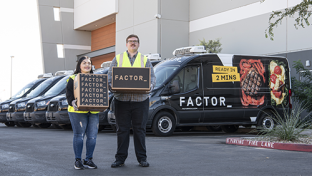How Ambient IoT Can Help Companies Comply With New FDA Food Safety Rules
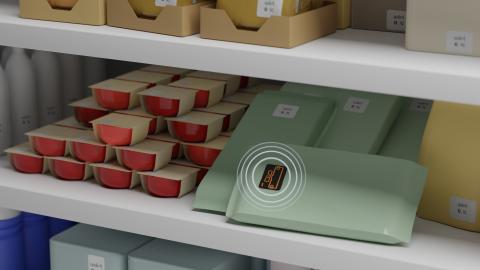
When it comes to the FDA’s new food traceability rule that requires full compliance by January 20, 2026, many industry stakeholders are putting plans together for how they will transform their technology stacks and supply chains. While many companies are still employing outdated methods to track their products, tech-enabled solutions are proliferating.
During a recent webinar sponsored by Wiliot – an Internet of Things (IoT) company focused on supply chains and asset management – Frank Yiannas, food safety culture expert and former Deputy Commissioner of Food Policy and Response at the FDA, shared more about the FSMA (Food Safety Modernization Act) Final Rule on Requirements for Additional Traceability Records for Certain Foods and what it means for food producers.
The Why Behind the Rule
The rule was finalized earlier this summer and establishes traceability recordkeeping requirements, beyond those in existing regulations, for persons who manufacture, process, pack or hold certain perishable foods. Those foods are listed on the FDA’s Food Traceability List and include soft cheeses, shell eggs, nut butter, cucumbers, fresh herbs, leafy greens, melons, peppers, sprouts, tomatoes, tropical tree fruits, fresh-cut fruits and vegetables, finfish, crustaceans, mollusks and ready-to-eat deli salads.
The new rule aims to bring food traceability into the 21st century by creating standards so the entire food system speaks a universal language, thus allowing for faster identification and rapid removal of potentially contaminated food from the market. Specifically, manufacturers will need to maintain records containing Key Data Elements (KDEs) associated with specific Critical Tracking Events (CTEs) to be able to provide necessary information to the FDA within 24 hours.
Those CTEs include:
- Harvesting
- Cooling
- Initial packing
- First land-based receiver
- Shipping
- Receiving
- Transformation
A larger list of specific KDEs for each CTE is available through the FDA website, and includes everything from location description and date of harvesting to traceability lot codes and food product descriptions. All of these elements from each point in the food system will make it easier to transparently pinpoint an item’s chain of custody and uncover where any problem occurred.
“Transparency is a really powerful force that tends to help organizations and people, and even food producers, self-govern their behaviors,” Yiannas said. “Transparency is a big idea when it comes to food safety.”
As Yiannas further explained, this type of program will not only bring companies into compliance with the FDA, but it will also help safeguard against food fraud, lower regulatory compliance costs, ensure freshness and reduce food waste. All of this transparency can ultimately lead to better accountability and greater consumer trust.
[Read more: "FMI’s Food Safety Program Gains FDA Recognition"]
“For many organizations, there’s a return on investment for better food safety and more narrow, pre-scripted recalls alone,” Yiannas shared. “We’ve shown that for the nation. If you look at the other benefits that are derived from greater food transparency, they’re profound.”
Making Necessary Changes
The FDA is giving manufacturers and producers several years to reach compliance with the new rule, and is encouraging stakeholders to work together on this common goal. One emerging solution is ambient IoT, which Wiliot CMO Steve Statler described as an alternative to the traditional barcode that allows for continuous cloud communication between products and producers without the need for human intervention.
Wiliot’s battery-free IoT Pixels, for example, are postage stamp-sized compute devices that power themselves without batteries and by harvesting radio waves. Users can simply scan the tiny QR code attached to the IoT Pixel to get a real-time view of where a particular product case has been and where it’s going, as well as attributes like source, temperature history, critical tracking events and carbon footprint.
These devices, which have memory, sensing, an ARM processor and end-to-end encryption, are expected to eventually number in the trillions and will cost less than 10 cents each by next year.
“This data carrier, this way of automatically reading without tapping or scanning the cases and crates of produce and food that are flying through the system, is the route to a low-labor or no-labor compliance model,” Statler explained. “We think that’s really important if we’re going to get the kind of accuracy that’s mandated.”
Continued Statler: “When you put what we describe as a visibility platform in place, it turns out it’s actually useful for a whole bunch of other things. Those other things can be the source of a very compelling return on investment that can be the key to getting the gold-standard compliance that I think every food safety professional wants.”
Those other things include the ability to partner with colleagues in the supply chain to help solve problems around omnichannel accuracy, store operations efficiency, waste management and more, Statler said.

c1dd.jpg)
